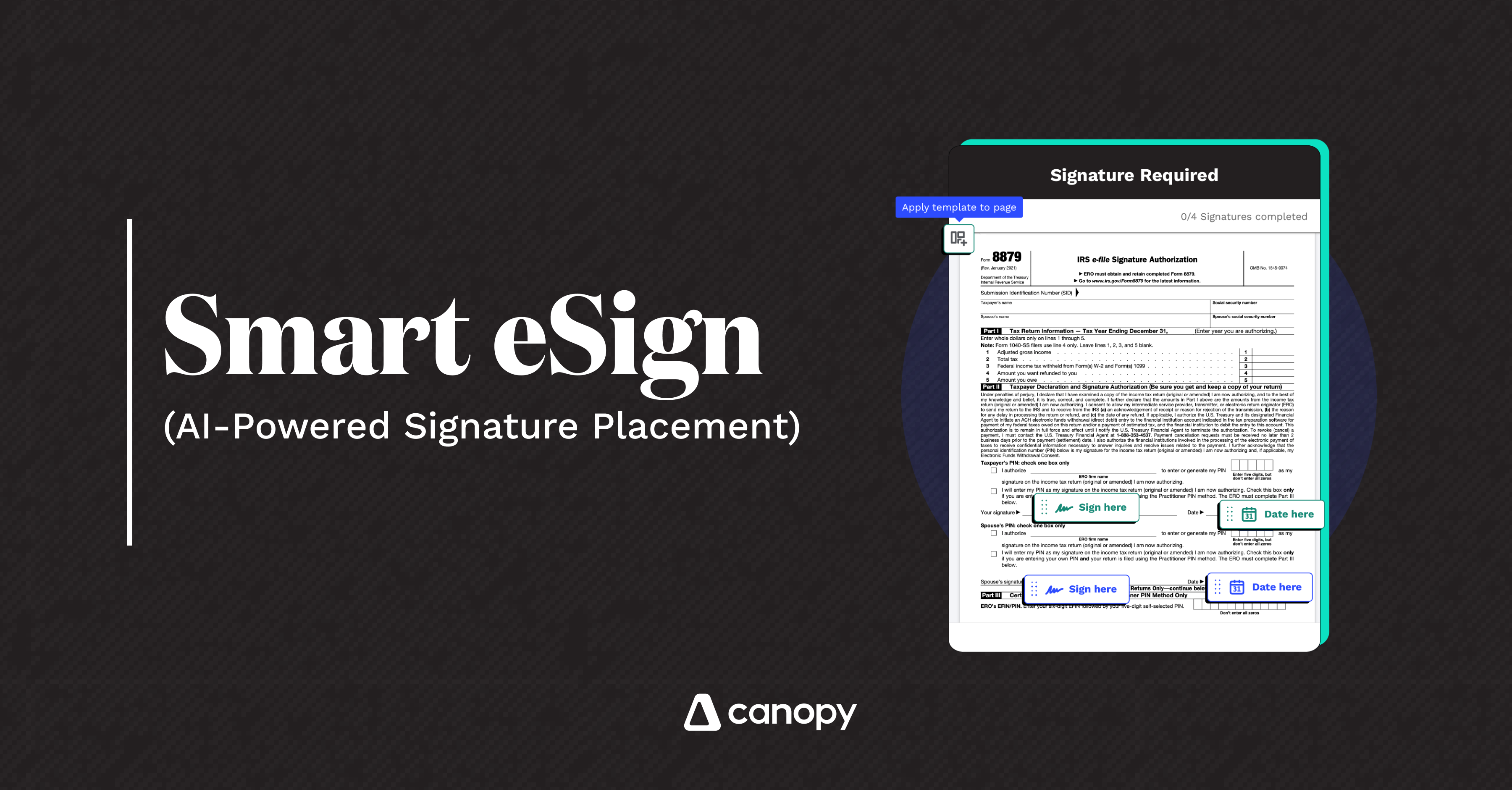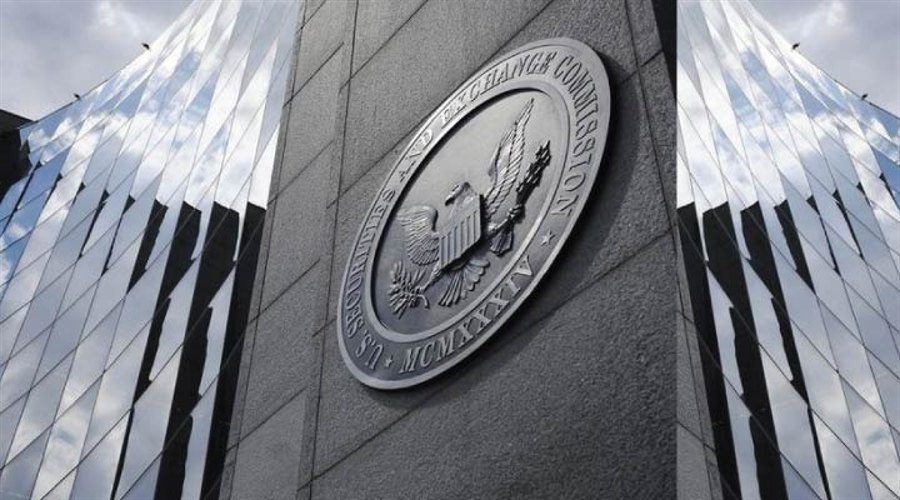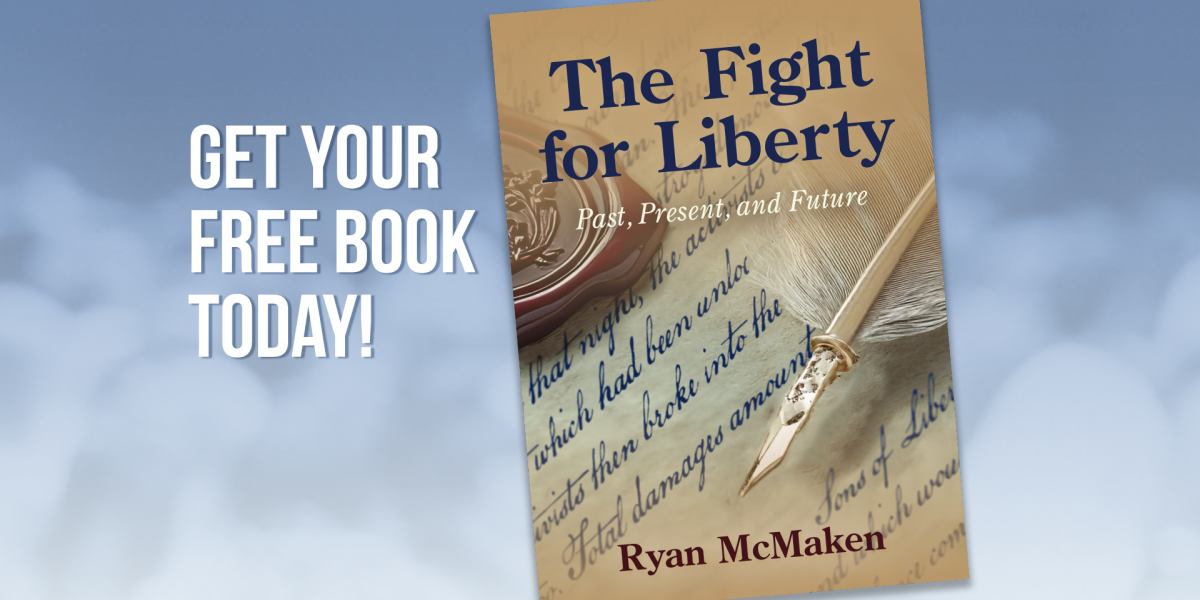Excise taxes generate more than two trillion dollars worldwide each year. How should governments most effectively use that revenue?
Excise taxAn excise tax is a tax imposed on a specific good or activity. Excise taxes are commonly levied on cigarettes, alcoholic beverages, soda, gasoline, insurance premiums, amusement activities, and betting, and typically make up a relatively small and volatile portion of state and local and, to a lesser extent, federal tax collections. revenue is sometimes “earmarked,” or tied to specific expenditure programs. Earmarking excise taxA tax is a mandatory payment or charge collected by local, state, and national governments from individuals or businesses to cover the costs of general government services, goods, and activities. revenue can be a best practice, but the efficiency of tying a revenue source to an expenditure program depends on the revenue source, the spending program, and why the excise tax was implemented in the first place.
Excise Tax Revenue Should Go to Programs Related to the Taxed Product
Excise taxes can be implemented for a few major reasons. All excise taxes aim to generate revenue. Excise taxes on things like alcohol and tobacco are also imposed to discourage consumption through higher tax-induced prices. Excise taxes on fuel further serve as a user feeA user fee is a charge imposed by the government for the primary purpose of covering the cost of providing a service, directly raising funds from the people who benefit from the particular public good or service being provided. A user fee is not a tax, though some taxes may be labeled as user fees or closely resemble them., charging users for driving on public roads. These tax justifications can motivate where revenues are directed.
The most popular excise tax earmark involves connecting fuel taxes to road expenditures. As much as 100 percent of fuel taxes are used to fund transportation expenses in the US, where every US state earmarks at least a portion of its gasoline taxes to highway expenditures, and the federal fuel taxes go directly to the Federal Highway Trust Fund for transportation expenditures.
Simply put, this earmark makes sense. Incurring fuel taxes when driving provides revenues to maintain and repair roadways and gives information to policymakers about the relative use of various kinds of transportation systems. Fuel taxes also disincentivize fuel consumption (leading to less driving), which in turn produces less traffic and fewer greenhouse gas emissions.
Using excise tax revenues to address issues created by excise-taxed products reduces harm and aligns public spending on these programs with consumption.
Aligning fuel tax revenues with road funding, for instance, means that when individuals consume more fuel from driving, the government has more tax revenue to fix roads or to invest in additional transportation infrastructure. For addictive products, excise tax revenues can fund public programs that help consumers quit or switch to less harmful alternatives: tobacco tax revenues can be used to support smoking cessation programs, and gambling tax revenues can expand support services for those suffering from problem gambling.
When consumption of a product can create external harms, innovative programs, such as a program where intoxicated individuals are provided with free transportation, can be scaled and publicly funded to reduce the incidence of drunk driving. Educational campaigns can help teach the public about the potential harms of consumption and about the availability of programs to help those with a problem.
While we don’t have comprehensive data on where governments spend all excise revenue, excise tax revenue from addictive and harm-causing products more frequently fund general government expenditures instead of programs related to the taxed product. While its data is often incomplete, the World Health Organization claims only 21 countries earmark alcohol tax revenues for health or alcohol control programs.feder
Organizations have been critical of the lack of spending on tobacco prevention and cessation programs. Of the $22.1 billion in tobacco settlement funds US states will collect in 2025, only an estimated 3.5 percent of those funds, or as little as $1 per person, will be spent on tobacco cessations programs.
Excise Tax Revenue Should Not Be Tied to Unrelated Programs
Tobacco taxes are earmarked for a variety of purposes, most commonly programs related to health and welfare or education, though they can be earmarked for seemingly unrelated programs like pensions, parks, debt service, and environmental programs. Academic research calls this form of dedicating tax revenues a “marketing strategy,” where increased funding for targeted programs is used to garner voter support for tax increases.
Spending programs with significant public support may seem like a good target for an excise earmark, but tying these revenue sources and expenditures can be problematic. Many excise products have volatile and shrinking tax bases due to declining consumption, making these tax bases a poor funding mechanism for growing expenditures.
California dedicates 96 percent of its cigarette tax revenue to specific purposes, including health care, social services, and education programs. As cigarette sales decline, however, so does funding for these important services.
In the months following the state’s 2022 prohibition on the sale of menthol-flavored cigarettes, sales tax collections from cigarettes decreased an estimated $52 million, and excise tax revenues fell nearly $192 million, similar to forecasted projections. Social programs that received a large portion of their revenue from these earmarked taxes were hit hard. California’s First 5 program—named for the first five years of life—provides services including preschools, homeless family housing, and pediatric dental and mental health services. The First 5 program experienced a 20 percent decline in revenue and is struggling to maintain operations.
Excise taxes are especially poor funding sources for essential services. The narrow tax baseThe tax base is the total amount of income, property, assets, consumption, transactions, or other economic activity subject to taxation by a tax authority. A narrow tax base is non-neutral and inefficient. A broad tax base reduces tax administration costs and allows more revenue to be raised at lower rates. makes excise tax revenue notoriously volatile, especially compared to other broader-based taxes like income taxes and value-added taxes. And because consumption of many products tagged with an excise tax is shrinking, the revenues shrink each year, despite repeated increases in tax rates.
Ireland and the UK have increased their tax rates on cigarettes substantially over the previous 25 years. From 2000 to 2024, the UK increased its cigarette duty by 110 percent, and Ireland increased its duty by 148 percent. Despite these rate increases, revenues in both countries fell. Over the same time period, revenues dropped 42 percent in the UK and 41 percent in Ireland.
Even the much-applauded fuel tax earmark for transportation expenditures faces a similar problem. Increased fuel efficiency, combined with a shift to electric vehicles that don’t consume gas or diesel, makes fuel taxes an increasingly less reliable source of transportation funding. The result is a call for policy change that better connects transportation use (consumption) and transportation expenditures, like a vehicle miles traveled tax.
Excise taxes remain a powerful fiscal tool, capable of raising substantial government revenues while shaping consumer behavior and addressing social costs. Yet, the question of how best to use these revenues is far from simple. Earmarking excise revenues for related programs—whether road maintenance funded by fuel taxes or cessation programs funded by tobacco taxes—can make intuitive sense and strengthen public trust. Still, heavy reliance on excise taxes to fund essential or growing programs is risky. Their narrow and often shrinking tax bases, driven by reduced consumption or technological change, make them unreliable long-term revenue streams.
The most effective use of excise tax revenues requires a precise approach. Policymakers should prioritize linking revenues to programs that mitigate harms from consumption, but avoid making vital public services dependent on volatile, declining revenue sources. Broader, more stable taxes—such as income or value-added taxes—are better suited for funding enduring public goods like health care, education, or social safety nets. Excise taxes can and should play a role, but as a complementary, not primary, funding mechanism. Done well, this approach ensures that excise tax policy not only raises revenue, but also sustainably supports public programs related to the taxed products.
Stay informed on the tax policies impacting you.
Subscribe to get insights from our trusted experts delivered straight to your inbox.
Subscribe
Share this article




























